Haag Panel & Membrane Gauge™
$44.95
Bulk Discount:
10-24: 10% off
25+: 15% off
Discount taken in cart
Haag Panel & Membrane Gauge for estimating the grade of TPO, EPDM and other membrane materials as well as metal roofing and siding panels.
Out of stock
Description
The Haag Panel & Membrane Gauge™ uses published industry standards to determine the difference between grades of roofing membranes and metal panels.
The Haag Panel & Membrane Gauge™ will help you suggest replacement panels on more roofing types, with more accuracy. The Haag Panel & Membrane Gauge may be used to estimate the thickness of both steel and aluminum panels, as well as single-ply membranes:
- For Steel: Uncoated or coated, galvanized or Galvalume® (w/wo additional coating)
- For Aluminum: Uncoated and anodized panels
- Single-Ply Membranes: All single-ply membranes (excluding modified bitumen, self-adhering, and fleece-backed membranes)
BONUS Magnet… Sometimes it’s difficult to determine if you are looking an aluminum or steel panel. The Haag Panel & Membrane Gauge™ includes a rare earth magnet that will help you differentiate these panel types from each other as well as photo document your file. Generally speaking, if the panel is made of steel the magnet will attach to the panel. If the panel is made of aluminum, the magnet will NOT react and attach. (Some stainless steels are not magnetic and will not react to the magnet.)
EASY To Use… Follow these easy steps to estimate:
1. Identify the type of material you are inspecting. (Use the magnet to help you determine if you are looking at aluminum or steel.)
2. Start with the widest slot. Holding the gauge loosely in one hand at a 30 degree angle to the material, drag the slot along the edge of the panel or membrane. Note that the slightest burr (rough edge on the material after cut) will misrepresent thickness. Do not force the gauge onto the material.
3. When dragging the tool, the slightest resistance constitutes refusal. The slot prior to refusal is the estimated panel thickness.
4. Take multiple measurements to qualify your results. Record all findings.
Made in the U.S.A.!
See Haag Video Below… for a demonstration of how to hold and use the gauge along a steel panel.
We begin our testing with the widest steel slot. Note that we repeat the dragging between 24 and 26 gauges to test the resistance. The slightest resistance constitutes refusal of that thickness and testing should continue to determine accurate thickness gauge.
<iframe width=”860″ height=”484″ src=”https://www.youtube.com/embed/-1FaWnBJiWk” frameborder=”0″ allow=”accelerometer; autoplay; encrypted-media; gyroscope; picture-in-picture” allowfullscreen></iframe>


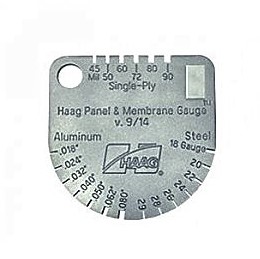


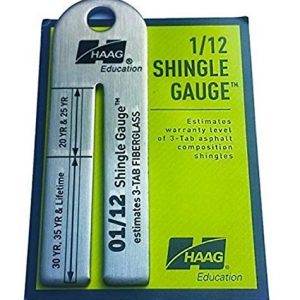
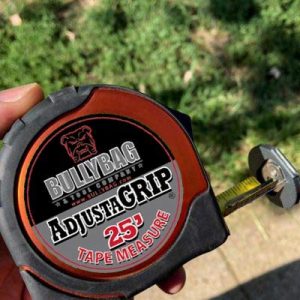
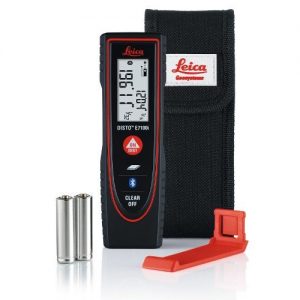
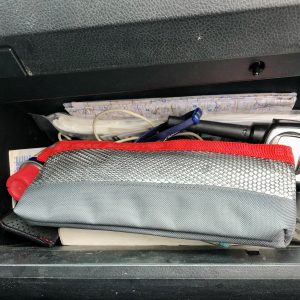
Reviews
There are no reviews yet.